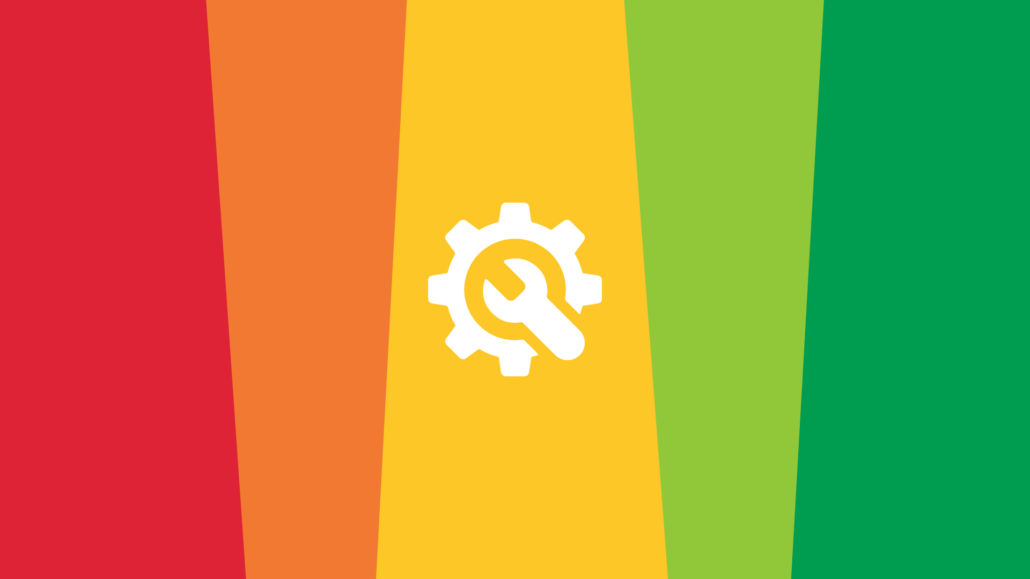
The transition to a circular economy model, aimed at maximizing the value of resources and reducing waste, is a major challenge for businesses today. Far from being a mere regulatory constraint, it represents a tremendous opportunity for innovation, differentiation and value creation. In this context, upcycling and waste recovery are giving rise to promising new business models, at the crossroads of the circular economy and the economy of functionality.
Upcycling, or the creative reuse of waste materials
The concept of upcycling consists in diverting and valorizing waste or end-of-life products by giving them a new function, often more noble than their initial use. Far from simple recycling that degrades the material, upcycling creates added value by completely reinventing the use of waste.
This process opens the way to new business models, where companies no longer sell products alone, but rather creative, eco-responsible solutions. Some of these companies have positioned themselves to create ranges of upcycled objects from recycled materials, such as bags and accessories made from used tarpaulins or canvas.
Others specialize in short-circuit upcycling services, recovering fabric scraps from garment workshops and transforming them into unique decorative objects sold locally.
Recycling waste, a new resource
Rather than considering them as waste to be disposed of, more and more companies are choosing to recover their production residues by reintegrating them into their processes or marketing them to other economic players.
This is the principle of the resource economy, where waste becomes new raw materials for other uses. A circular business model that closes material cycles and optimizes their use.
In the food industry, for example, peelings and plant residues can be used as animal feed, fertilizer or natural cosmetics. In the construction and public works sector, inert waste from building sites is now massively reused as backfill or road underlay.
Some companies even go so far as to set up subsidiaries dedicated to recycling their own waste, marketing the co-products of their industrial processes.


Towards the functionality economy
Beyond creative re-use and waste recovery, the circular economy opens the way to new business models based on the economy of functionality, where the company no longer sells a good but a service of use.
In this way, the product remains the property of the supplier, who is responsible for its maintenance, repair and re-use at the end of its life. A circular business model by nature, since it encourages suppliers to design durable, easily repairable products to optimize their usage costs..
These patterns can be found in sectors such as construction, with the rental of building materials, in electronics, with self-service product offers, and in the automotive industry, with car-sharing and fleet rental.
Some companies even offer « service packages » combining product sales and rental, with additional maintenance, upkeep and end-of-life reuse services.
Models to accompany
While these new circular economy business models represent a tremendous source of value creation for companies, their development still comes up against economic, regulatory and cultural obstacles that need to be overcome.
As far as consumers are concerned, changes in behavior and the adoption of these new products and services remain slow to materialize. We still need to raise awareness and educate people to change attitudes..
For companies, the main obstacle lies in the substantial initial investment required by these new models, whether in R&D, training or setting up new logistics infrastructures. Specific public subsidies, such as the Circular Economy Fund, can support them in this transition.
Finally, on the public authorities’ side, we need to pursue regulatory and tax developments to give a competitive edge to circular economy offerings. These include the reform of extended producer responsibility, the modulation of VAT according to the rate of incorporation of recycled materials, and the strengthening of mandatory eco-design criteria.
To find out more about reuse, visit CircularPlace, the platform dedicated to the circular economy..
#EconomieCirculaire #Upcycling #BusinessModels #WeAreCircular
Read also
Questions about CircularPlace?



